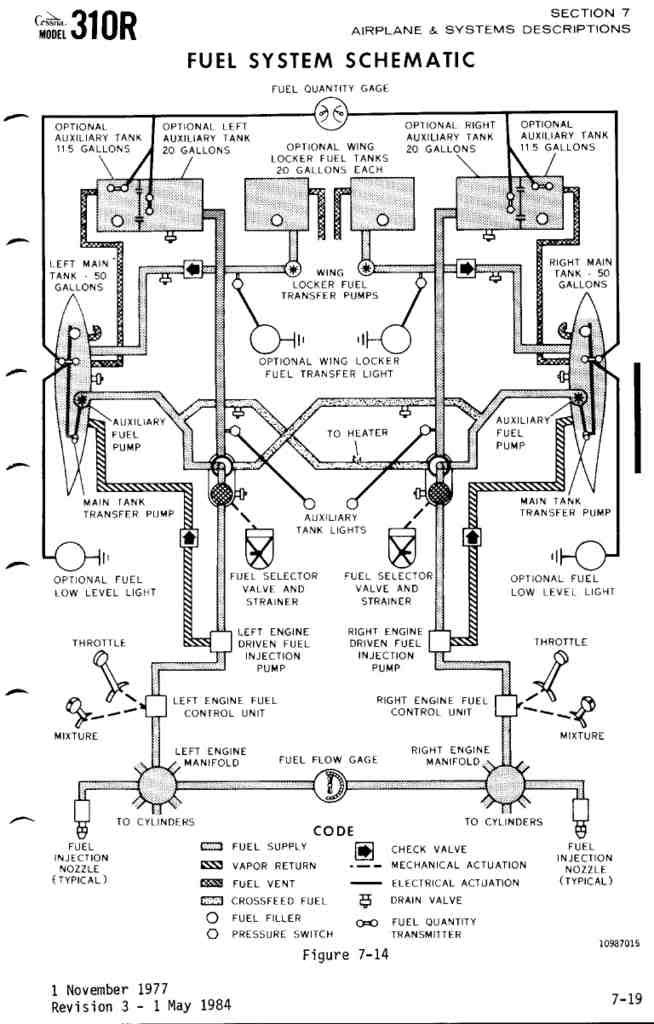Johnny Beau Bekkestad
Well-Known Member
I've been thinking about buying a single engine airplane for our family, we would need more than 5 seats with a larger payload. So there are a few airplanes that come to mind.
However when i started looking at all these i started thinking about how the fuel system was feeding the engine. And i remembered the PITA of having the change the fuel tank every so often...
I know the regulations under 23 sub E., but what i dont understand is why manufactures did not have a 3rd tank that was gravity fed by the two wing tanks and that one would have two fuel pumps. Then you would be able to have L/R/B.
Any ideas? Or do you know of any "affordable" aircraft (low wing) that have this solution. BE77 had something similar if understand but it is was to small for my purpose.
/Johnny
However when i started looking at all these i started thinking about how the fuel system was feeding the engine. And i remembered the PITA of having the change the fuel tank every so often...
I know the regulations under 23 sub E., but what i dont understand is why manufactures did not have a 3rd tank that was gravity fed by the two wing tanks and that one would have two fuel pumps. Then you would be able to have L/R/B.
Any ideas? Or do you know of any "affordable" aircraft (low wing) that have this solution. BE77 had something similar if understand but it is was to small for my purpose.
/Johnny

